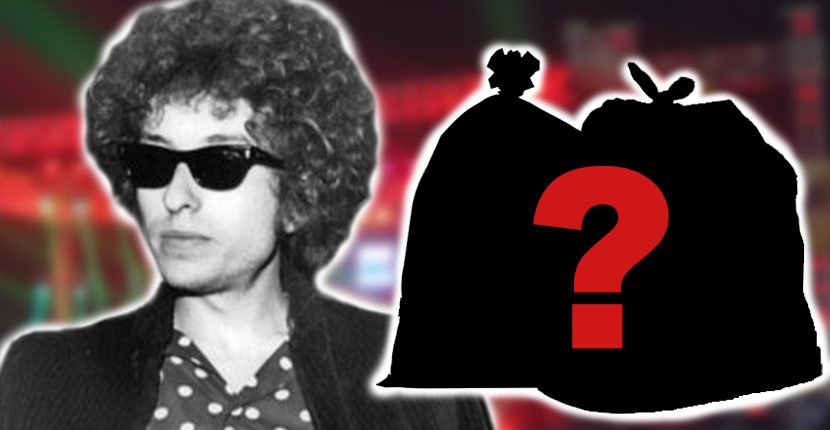The lights were out in the house of Bob Dylan. MacDougal Street was finally empty. Rows of bulging trash lined the curb. The New York Sanitation Department was late, again. Seeing his chance, Alan Jules Weberman scurried over to the cans in front of Bob Dylan’s house. Rummaging through the refuse, he found a lumpy item wrapped in a wad of newspaper. It was dog poop.
Cursing Dylan for not housebreaking his dog, Weberman, wiped his hand with the paper, threw the trash bags over his shoulder and started walking. He needed a more private place to complete his “mission.”
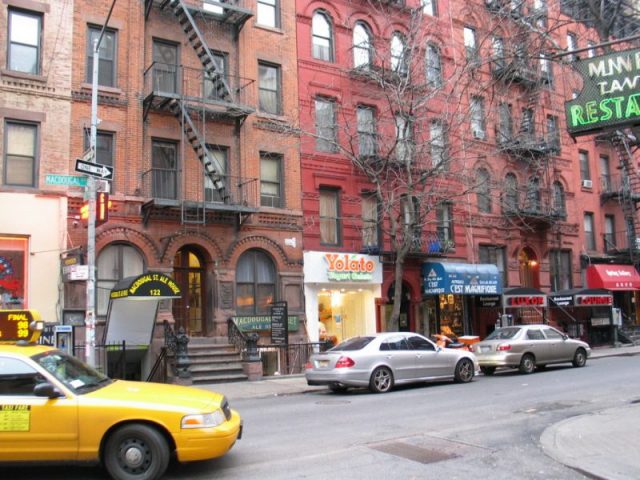
Alan J. Weberman wasn’t just another starstruck Bob Dylan fan. He wasn’t pawing through the rock star’s garbage looking for memorabilia to sell at his local pawn shop. In Weberman’s mind, he was the sole harbinger of a secret “message” which he believed to be hidden in the words and the melodies of Bob Dylan’s music.
According to a story from Rolling Stone Magazine, Weberman was a Jewish community college dropout from Brooklyn who considered himself to be a revolutionary communist.

One night, during an acid trip, he confessed his theory about Dylan’s music to a female friend:
“I read somewhere that Dylan is down on the left. In this verse, it sure sounds to me like what he’s really doing is putting down the left. The ‘golden calf,’ see, its materialism — dialectical materialism.” Rolling Stone reported.
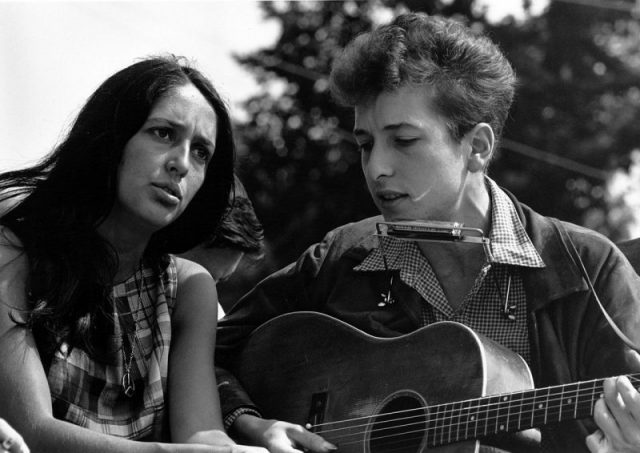
This wasn’t just the acid talking. Weberman had made it his life’s work to scrutinize every word and melody Bob Dylan ever published. He even turned his loft into what he called the “The Dylan Archives.”
Inside were endless boxes of rare recordings, hundreds of pictures, newspaper clippings, torn out magazine and book pages of every article published on Dylan, song sheets, and gossip letters from friends who knew the artist.
He scribbled every word of Dylan’s poetry and song lyrics on key punched cards and arranged them in alphabetical order in his apartment. He even had bootleg copies of an obscure Dylan novel, Tarantula. He used all of these to search for hidden messages and even covert languages in Bob Dylan’s music.
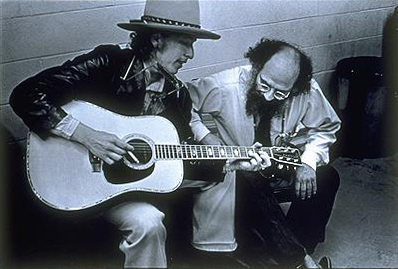
For example, in Weberman’s mind “rain,” such as in Dylan’s song, “A hard rain’s gonna fall,” was code for “violence.” He went as far as matching the music frequency and the context that these “codes” appeared, crafting a complete theory about hidden messages weaved into Bob Dylan’s music.
He called it a “Secret Language of Rock,” and eventually quit his job, dropped out of college and started working full time on a book. The ex-dope dealer was preparing to crown himself as the world’s first “Dylanologist.”
This was Alan Jules Weberman’s life. He would spend his days selling copies of this book on the street corners of Greenwich Village, and combing through Dylan’s garbage for clues to prove his theories.
Scores of awkwardly concocted ideas and speculations filled every work that Weberman unabashedly published in the local paper East Village Other and would soon be a part of his book. Weberman wasn’t shy about how he got a hold of the “clues” he was searching for.
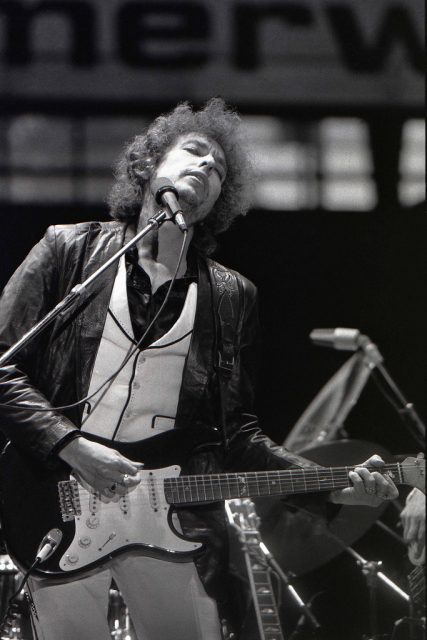
On one occasion, he came knocking on the door of the Dylan household and forced his way in when Ann Dylan answered the door. On another occasion, Dylan’s private secretary, Naomi Salzman, caught Weberman combing through the rock stars trash. “What are you doing going through his garbage?” she asked. “Don’t you have anything else to do with your time?”
“No, no,” he answers defensively, “it’s a really good thing. There’s going to be an article about it in the East Village Other.” After hearing Weberman ramble on about his wacky theories, Naomi finally challenged him on his ability to read into Dylan’s music saying “you’re not God.”
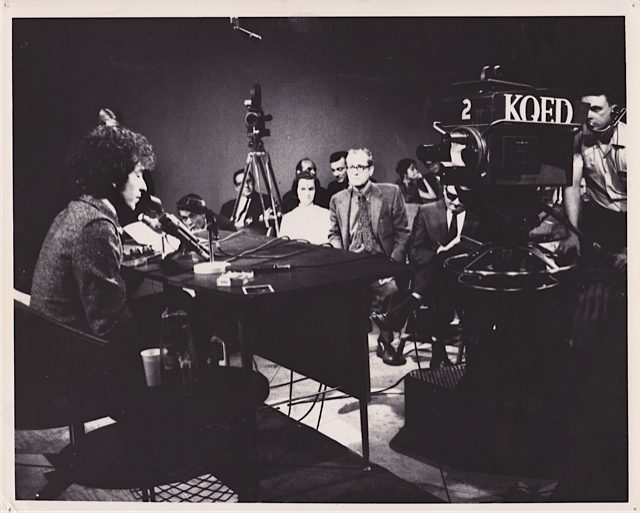
“I think Mr. Dylan is a heroin addict!” Weberman answered, “It’s there in his poetry. It’s clear as day. Anyone who’s hip to Dylanology — the Dylanological Method . . . the Secret Language of Rock — can observe it.”
Weberman’s “Secret Language of Rock” theory considered the word “morning” and the word “nighttime” to be Dylan’s codes for “heroin.” Apparently, Bob Dylan read Weberman’s work in the East Village Other, because he remarked on it during an interview.
“He’s way off. I saw something he wrote about ‘All Along the Watchtower,’ and boy, let me tell you this boy is off. I understand putting time into it, but I read this, in this East Village Other: I read it . . . and it was clever. And I got a kick out of reading it on some level, but I don’t want to think anybody was taking it too seriously.”
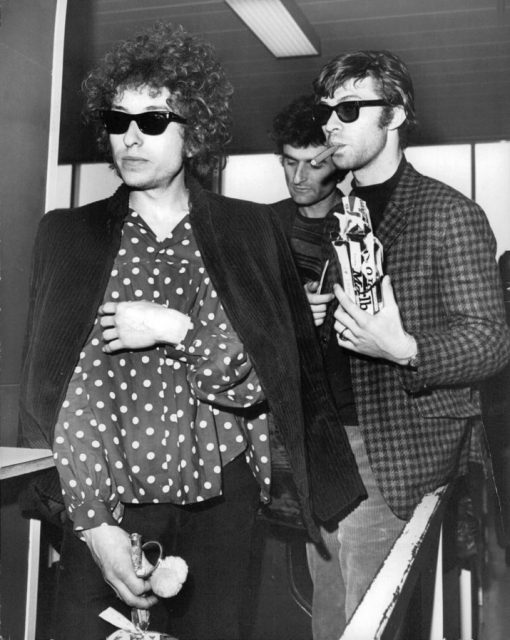
Finally, Weberman ran into Dylan himself during one of his stalking sessions. Dylan must have had the patience of a saint because he walked and talked with his eccentric stalker for nearly two hours before finally confronting him.
“You know,” Dylan said, “a lot of people have been asking me about your theories. They’re going around saying you’re telling people I’m a junkie.”
“Well . . . man . . . are you?”
Bob Dylan stripped off his jacket, pulled up his sleeves pointed to his arm and said: “Clean. No track marks.” Weberman considered the response for a moment but was too immersed in his own fantasy to walk it back.

“You’re a junkie. You can show me what you want. But it’s there. It’s there in your music. You sing the praises of heroin. You can’t convince me any different!”
In spite of having dedicated his life to searching out evidence, Weberman wasn’t interested in the evidence that came from meeting Dylan himself.
Read another story from us: Alternative Ink: What did Kurt Cobain’s Single Tattoo Mean?
Maybe Weberman was an eccentric genius with keen insight into the life and the work of Bob Dylan. Or, maybe he’s just another example that the old saying is true: “Garbage in, garbage out.”
